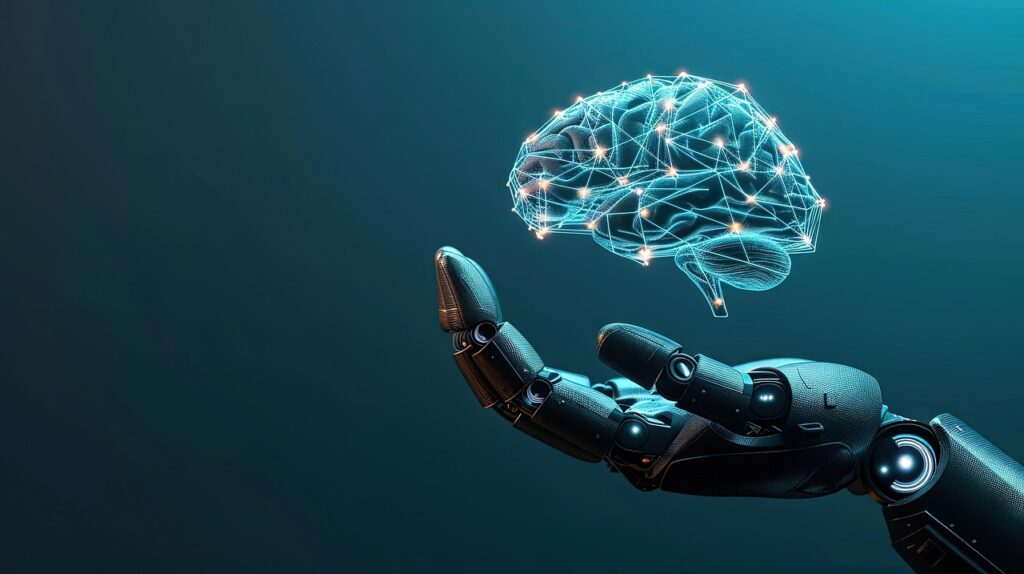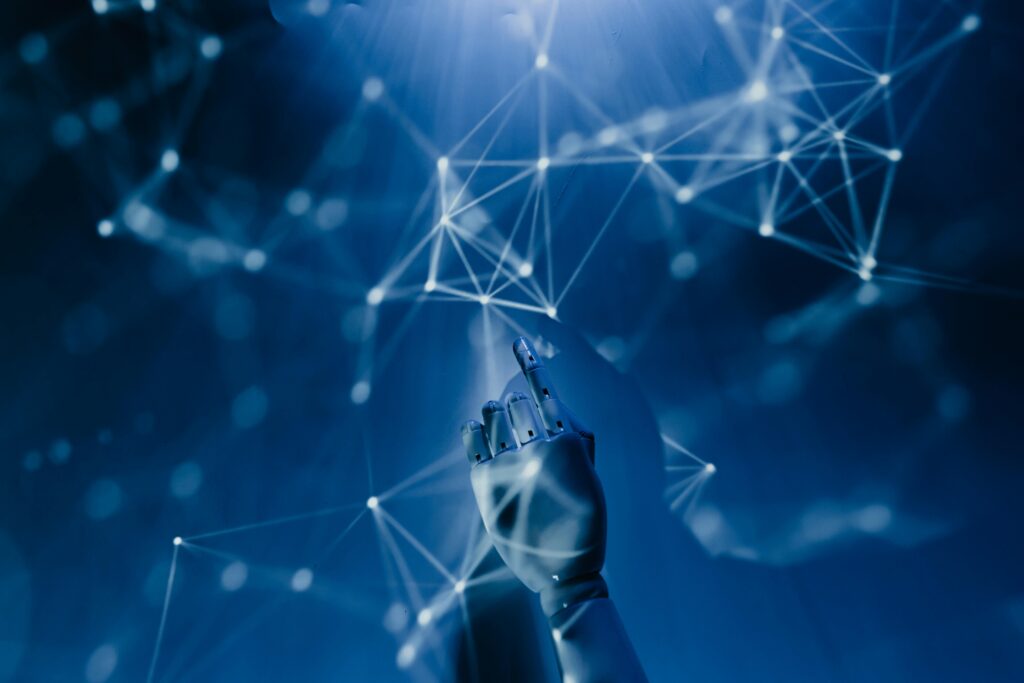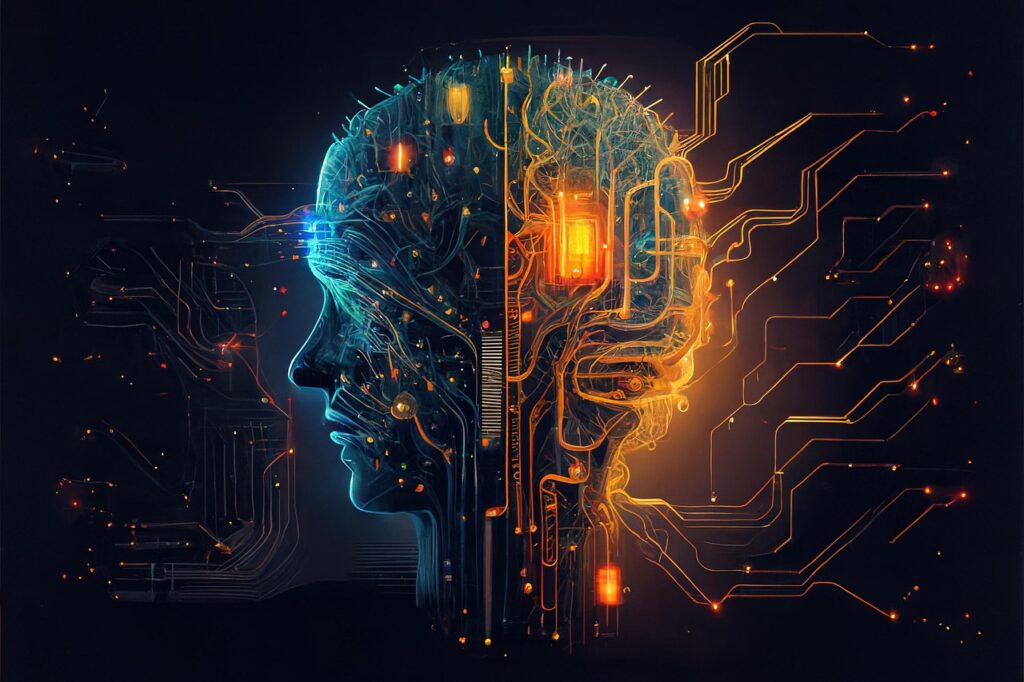
Even its designers are baffled by the inner workings of AI.
YORK: Even the most brilliant human minds creating generative AI, which has the potential to transform the world, acknowledge that they have no idea how digital minds operate.
Dario Amodei, a co-founder of Anthropic, wrote an essay that appeared online in April. “Learning that we do not understand how the way our own AI creations work often surprises and alarms people outside the field,” he wrote.
“This lack of understanding is essentially unprecedented in the history of technology.”
As opposed to traditional software systems that adhere to preset logic paths provided by programmers, generative AI (gen AI) models are trained to select their own path to success when encouraged.
Chris Olah, a former member of ChatGPT creator OpenAI before joining Anthropic, referred to gen AI as “scaffolding” on which circuits grow in a recent podcast.

Olah is regarded as an expert in a technique known as “mechanistic interpretability,” which involves dissecting AI models to determine their inner workings.
This field of study, which emerged roughly ten years ago, aims to pinpoint the precise process by which AI transforms a question into a response.
According to Neel Nanda, a senior research scientist at the Google DeepMind AI lab, “Understanding a large language model in its entirety is an incredibly ambitious task.”
According to Nanda, it is “somewhat analogous to trying to fully understand the human brain,” although neuroscientists haven’t yet achieved that goal, as he told AFP.
A few years ago, studying digital minds to learn about their inner workings was a little-known discipline; today, it is a popular area of academic research.
Professor Mark Crovella of Boston University’s computer science department stated, “Students are very much attracted to it because they perceive the impact that it can have.”
According to the professor, the field of study is also becoming more popular since it has the potential to increase the strength of gen AI and because it can be fascinating to see inside digital brains.
If you want to read more about it, click on this link.
Maintaining the integrity of AI
Crovella says mechanistic interpretability means looking at calculations performed as the system evaluates questions in addition to the answers from gen AI.
“You could look into the model… Observe the computations that are being performed and try to understand those,” the instructor stated.
AI software that can describe data in the form of reasoning steps is provided by startup Goodfire to help understand gen AI processes and correct errors.
The technique is also intended to prevent the destructive exploitation of Gen AI models or their self-determination to deceive humans about their actions.
“It does feel like a race against time to get there before we implement extremely intelligent AI models into the world with no understanding of how they work,” Eric Ho, chief executive of Goodfire, said.

In his essay, Amodei expressed optimism that the answer to comprehending AI completely will be found within the next two years due to recent advancements.
By 2027, “I agree that we could have interpretability that reliably detects model biases and harmful intentions,” said Anh Nguyen, an associate professor at Auburn University.
Researchers already have access to representations of each digital neuron in AI brains, according to Crovella of Boston University.
“Unlike the human brain, we actually have the equivalent of every neuron instrumented inside these models,” the professor explained. “We are totally aware of everything that occurs inside the model. The issue is figuring out how to properly question that.
Amodei claims that by harnessing the inner workings of gen AI minds, their application in domains like national security, where even minor errors can have significant repercussions, may become possible.
Similar to how AlphaZero, DeepMind’s chess-playing AI, revealed entirely new chess strategies that none of the grandmasters had ever thought of, Nanda thinks that a better understanding of what this AI is doing could also spur human discoveries.
An accurate interpretation would give a GenAI ring a dependability stamp and a competitive advantage in the market.
A US corporation making such a breakthrough would also help the country in its technological competition with China.
“Humanity’s destiny will be shaped by powerful AI,” Amodei stated.
“We deserve to understand our personal creations before they radically transform our economy, our lives, and our future.”